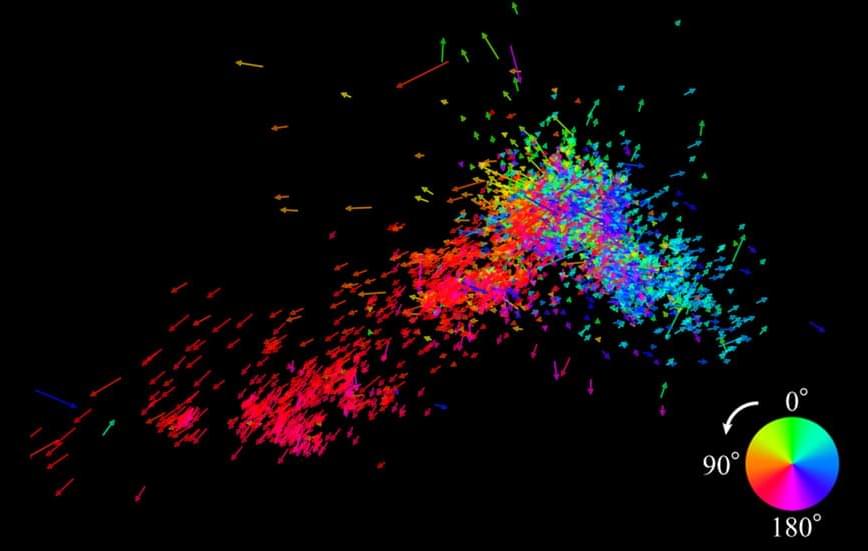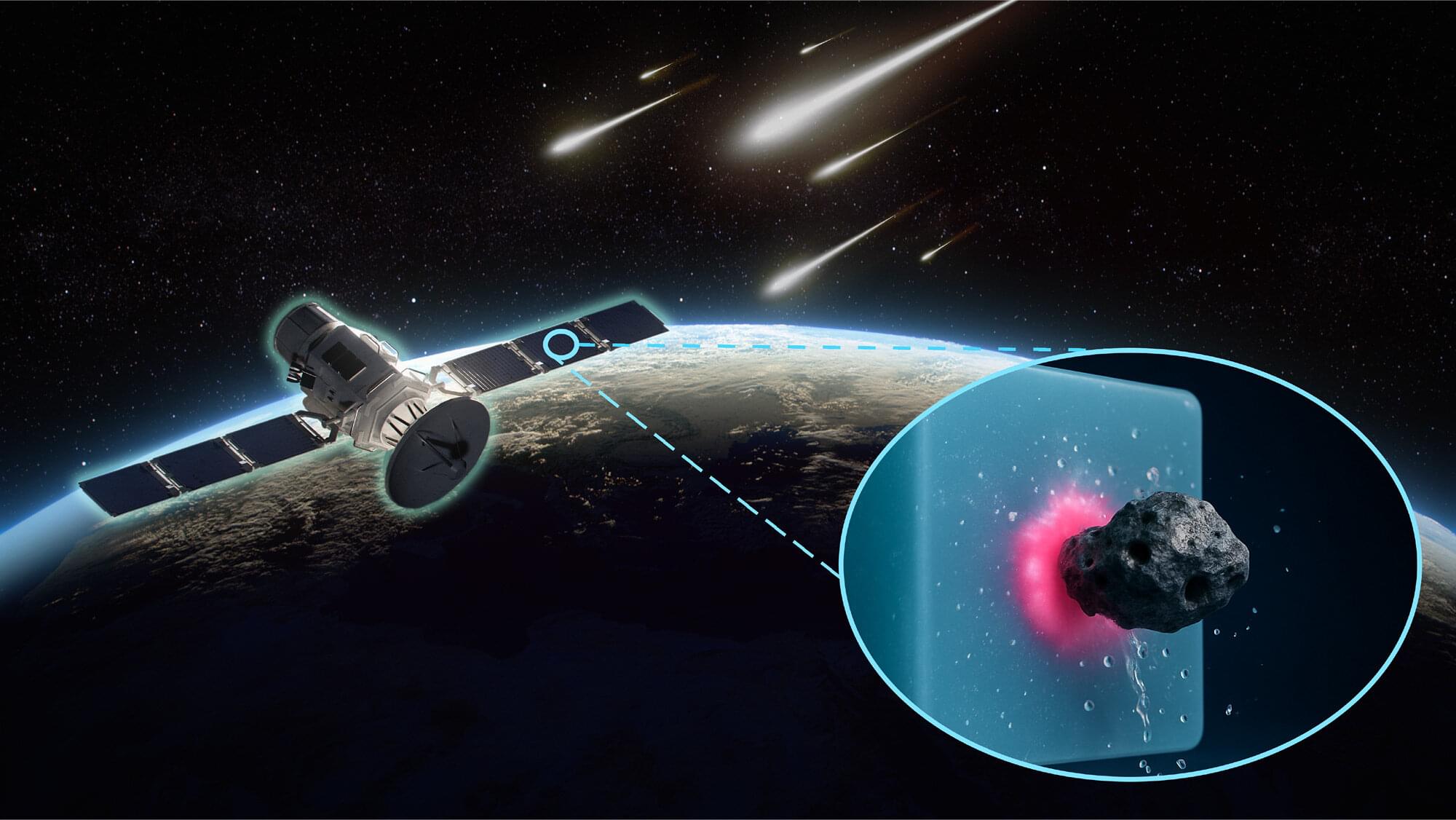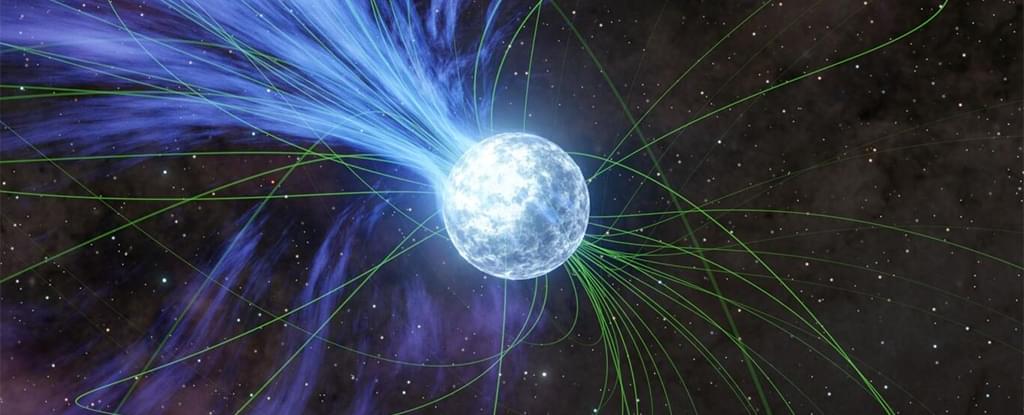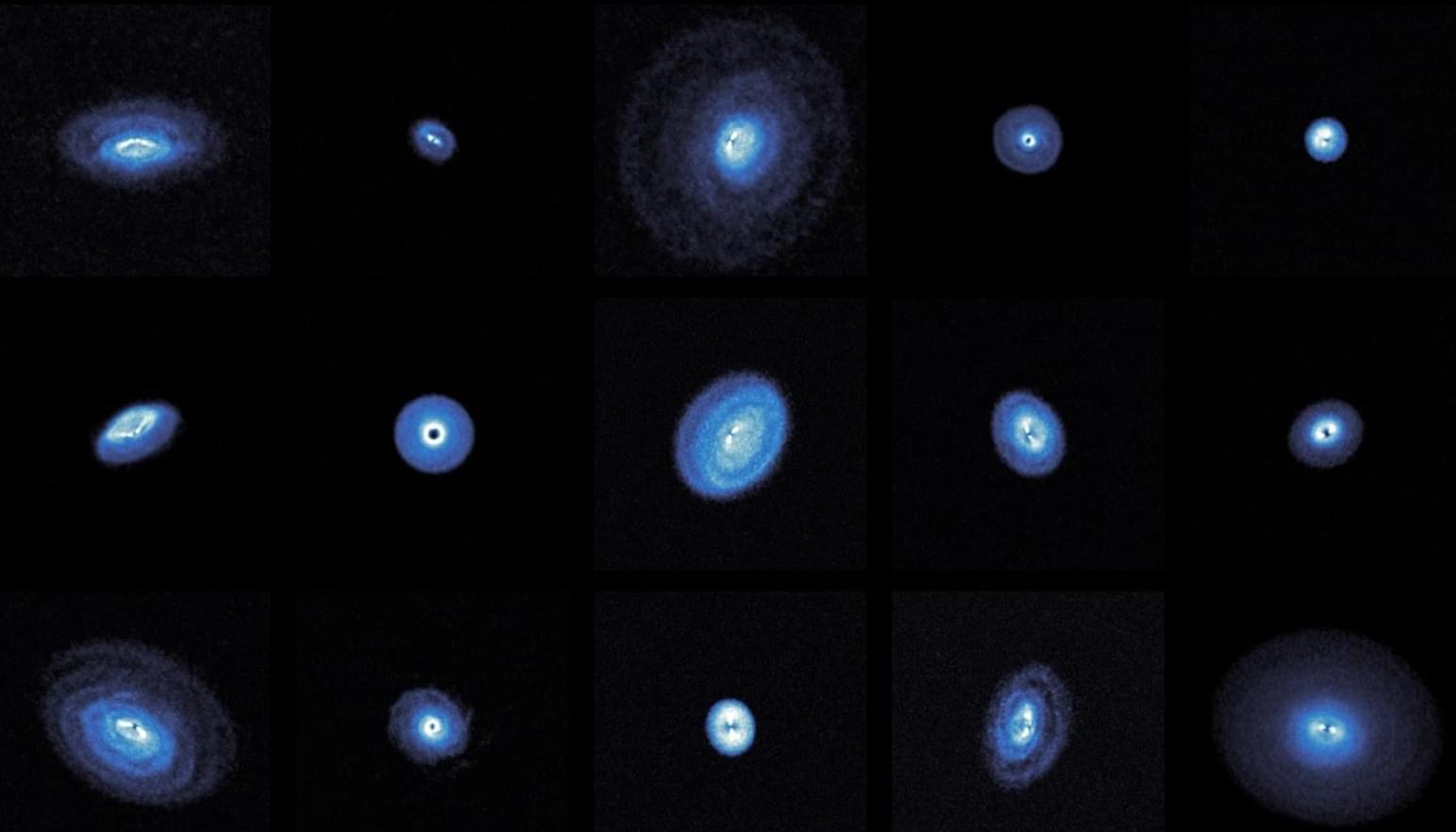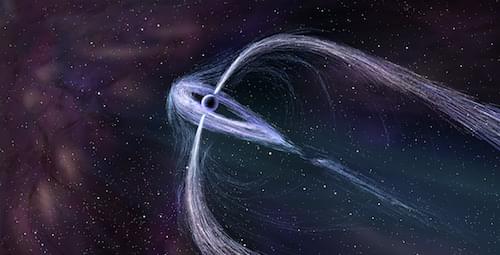Tesla is ramping up production of its Semi trucks to 50,000 units annually by 2026, while enhancing performance, charging infrastructure, and electrification solutions to support the transition from diesel ## ## Questions to inspire discussion ## Production and Delivery.
🏭 Q: When will Tesla Semi production and deliveries begin? A: Tesla Semi customer deliveries will start in 2026, with production ramping throughout the year to reach a goal of 50,000 units/year at the Nevada plant.
🚚 Q: What are the key features of the new Tesla Semi? A: The Tesla Semi offers 500 mile long range and 300 mile standard range options, with improved mirror design, better sight lines, enhanced aerodynamics, and drop glass for easier driver interaction. Technology and Efficiency.
🔋 Q: How does the new HP battery improve the Tesla Semi? A: The new HP battery is cheaper to manufacture, maintains the same range with less battery energy, and achieves over 7% efficiency improvements, creating a positive feedback loop for cost and weight reduction.
⚡ Q: What is the e-PTO feature in the Tesla Semi? A: The electric power takeoff (EPTO) enables support for longer combinations, more trailer equipment, and helps electrify additional pieces of equipment, facilitating broader industry transition to electric solutions. Charging Infrastructure.
🔌 Q: What charging solutions is Tesla developing for the Semi? A: Tesla is building a publicly available charging network with 46 sites along truck routes and in major industrial areas, including stations at truck stops, to ensure low-cost, reliable, and available charging for every semi.
